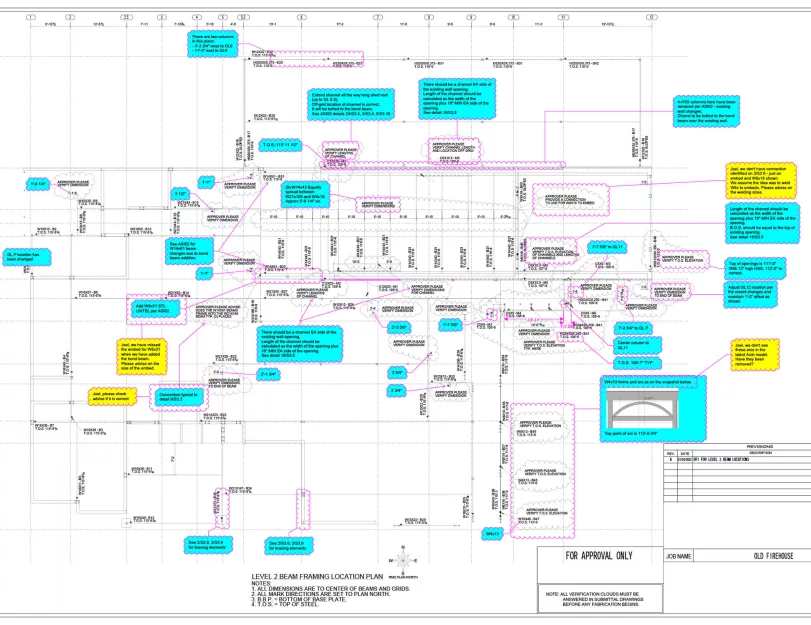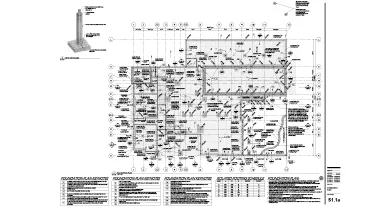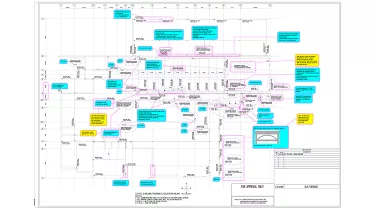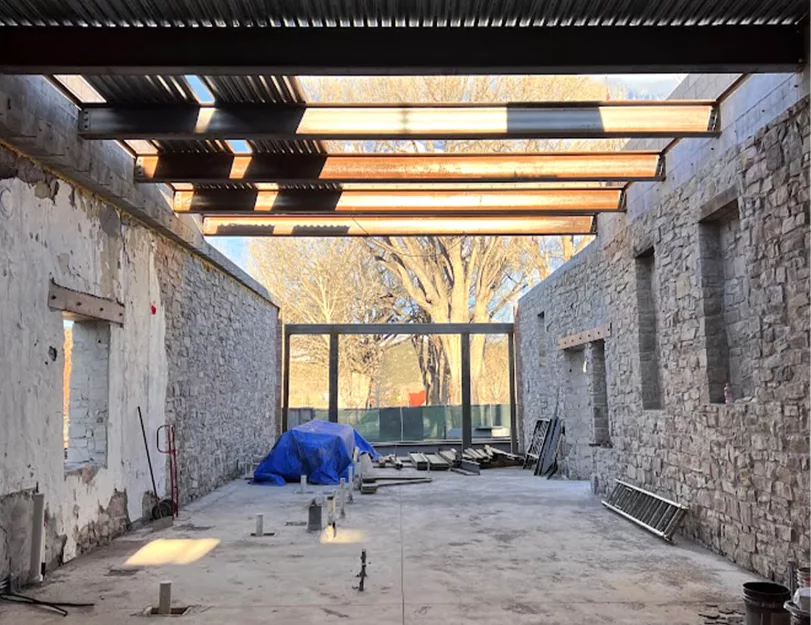The old firehouse reconstruction project held special significance for the client. It aimed to preserve the historical significance of a building in Ridgeway, Colorado, while transforming it into a restaurant and multi-family residential complex.
The ORIGIN team was assigned to develop a structural model and produce a comprehensive set of structural drawings. Our project scope encompassed creating structural cover sheets, isometric steel model views, foundation plans, dimension and embedment plans, plans for CMU walls, typical details, and submittals review, to name a few.
Throughout the project, the ORIGIN experts had to closely cooperate with the Colorado construction project’s structural engineers, ensuring aligned expectations and high-quality output.
Input: Markups provided by structural engineers.
Project deliverables:
- Structural model and drawings;
- A set of approx. 40 construction documents.































